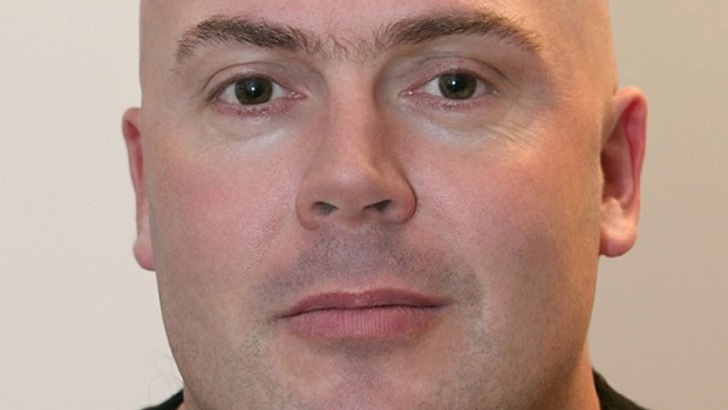Recent research with Curator Tony Lewis

Curator of Scottish History, Tony Lewis has been researching aspects of Sir William Burrell's life. Here he shares an insight into Burrell's involvement in the much-celebrated Glasgow International Exhibition of 1901.
'Today Sir William Burrell is remembered for many reasons – his remarkable collection, a superb museum in Pollok Country Park and art works that have toured to many places in the world.
This rise to fame was not achieved suddenly but gradually. One of the achievements he took pride in was his and his family’s loans to the hugely successful Glasgow International Exhibition which took place in and around Kelvingrove Park between May and November, 1901. The exhibition drew an incredible 11 million visitors during its run. Burrell kept his copies of the Fine Art catalogue and the Scottish history and archaeology catalogue in his library.
In particular, his curation of the royal reception rooms at the exhibition, which were to the left and right of the main entrance door to the then newly opened Kelvingrove Art Gallery and Museum, would have given him special satisfaction. Burrell was the committee sub-convener and curator for the east room, while the convener was James Mann, another Glasgow businessman based in the city’s west end, with whom Burrell also worked on the art objects committee. Mann curated the west royal reception room. Another notable person on this committee was Sir John Stirling Maxwell.
Maxwell may well have approved of Burrell’s work, for it was in Burrell’s east gallery that Velázquez featured most heavily, and the Stirling Maxwells were noted collectors of Spanish art. Burrell was able to present more of his collection than ever in the Kelvingrove galleries. The Infanta Maria Theresa could join other masterpieces by the same artist owned by Arthur Sanderson and fellow Glaswegian James Donald, as well as the Marquis of Bute. Paintings by other artists in these rooms included Hals, van Dyck, Rembrandt, Leonardo da Vinci and Cranach. The east room was painted green, with a white ceiling. As well as paintings, it had furniture and stained glass lent by William Burrell and his elder brother and fellow collector, George Burrell.
It was in these rooms that the royal guests, the Duchess and Duke of Fife, were entertained at the formal opening of the exhibition with a lunch. Guests included Lord and Lady Blythswood, Sir John Stirling Maxwell, and Lord Balfour Burleigh. The following presentation in the museum’s main hall was a celebration of British pageantry and political leadership, as statues of Gladstone, Lord Overtoun and the late Duke of Devonshire celebrated the Liberal Party’s dominance. However, for unionists like Burrell, there was a statue of Prime Minister Salisbury, and the knowledge that he had made his mark with impressing local conservatives such as Sir John Stirling Maxwell, Lord Blythswood and national ones like Burleigh.
The keen-eyed in the galleries would have seen Burrell had lent his sketch of Gladstone done by Philip May, the famed cartoonist for satirical publication Punch. Burrell ensured there was a unionist presence at Kelvingrove, which would have been detected by his peers such as Sir John Stirling Maxwell, as well as general visitors who knew May’s work and Burrell’s own political allegiance.
The photograph above shows the Royal reception room curated by William Burrell at the Glasgow International Exhibition in 1901.'
Tony Lewis
Curator of Scottish History
Images
Top: One of the Royal reception rooms at the Glasgow International Exhibition in 1901
Below: Curator of Scottish History, Tony Lewis


